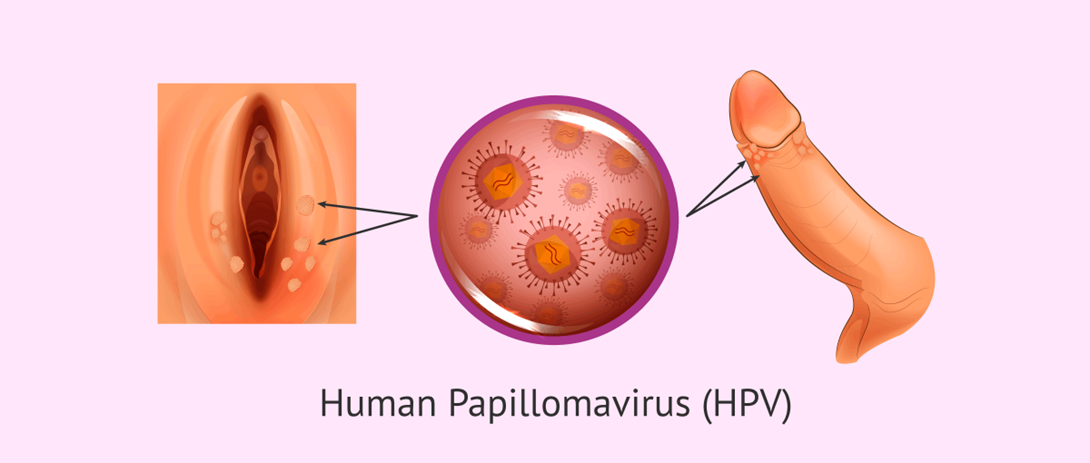To detect human immunodeficiency virus (HIV), most laboratory tests focus on the:
CD4 counts
Virus
HIV antibodies
CD8 counts
The Correct Answer is C
Choice A reason: CD4 counts are not used to detect HIV, but to monitor the progression of the infection and the immune system status. CD4 cells are a type of white blood cell that HIV targets and destroys. A normal CD4 count ranges from 500 to 1,500 cells per microliter of blood. A low CD4 count indicates a high risk of opportunistic infections and AIDS.
Choice B reason: Virus is a vague term that does not specify what kind of virus is being detected. HIV is a type of virus that belongs to the retrovirus family. It is difficult to detect the virus itself, as it hides inside the host cells and has a low concentration in the blood. Therefore, most laboratory tests focus on the antibodies that the body produces in response to the virus.
Choice C reason: HIV antibodies are the most common way to detect HIV, as they are produced by the immune system to fight the virus. Antibodies are proteins that bind to specific antigens (foreign substances) and mark them for destruction. HIV antibodies can be detected by a blood test, a saliva test, or a rapid test. However, antibodies may take several weeks to develop after exposure, so a negative test does not rule out the possibility of infection.
Choice D reason: CD8 counts are not used to detect HIV, but to monitor the immune system response and the viral load. CD8 cells are a type of white blood cell that kill infected cells and secrete antiviral substances. A high CD8 count indicates a strong immune response and a low viral load. A low CD8 count indicates a weak immune response and a high viral load.
Nursing Test Bank
Naxlex Comprehensive Predictor Exams
Related Questions
Correct Answer is A
Explanation
Choice A reason: HPV is a common STI that causes genital warts and can lead to cervical cancer. It can be transmitted by any sexual contact or by skin to skin contact. A vaccine is available to protect against some strains of HPV.
Choice B reason: Genital herpes is an STI that causes painful blisters and sores on the genitals. It can be transmitted by any sexual contact or by skin to skin contact. There is no vaccine for genital herpes, but antiviral medications can reduce the symptoms and frequency of outbreaks.
Choice C reason: Chlamydia is an STI that causes inflammation and discharge from the genitals. It can be transmitted by any sexual contact. There is no vaccine for chlamydia, but antibiotics can cure the infection.
Choice D reason: Gonorrhea is an STI that causes pain and discharge from the genitals. It can be transmitted by any sexual contact. There is no vaccine for gonorrhea, but antibiotics can cure the infection.

Correct Answer is B
Explanation
Choice A reason: Hyperbilirubinemia is incorrect because it is not a major complication of infants of diabetic mothers. It is a condition where the baby has high levels of bilirubin in the blood, which can cause jaundice. It can occur in any newborn, but it is more common in premature babies, babies with blood type incompatibility, or babies with infections.
Choice B reason: Hypoglycemia is correct because it is a major complication of infants of diabetic mothers. It is a condition where the baby has low blood sugar levels, which can cause seizures, lethargy, or poor feeding. It can occur because the baby's pancreas produces too much insulin in response to the mother's high blood sugar levels during pregnancy.
Choice C reason: Hypoinsulinemia is incorrect because it is not a major complication of infants of diabetic mothers. It is a condition where the body does not produce enough insulin, which can cause high blood sugar levels. It can occur in children or adults with type 1 diabetes, but not in newborns of diabetic mothers.
Choice D reason: Hypercalcemia is incorrect because it is not a major complication of infants of diabetic mothers. It is a condition where the baby has high levels of calcium in the blood, which can cause muscle weakness, vomiting, or kidney stones. It can occur in babies with certain genetic disorders, such as Williams syndrome, or babies with hyperparathyroidism, but not in infants of diabetic mothers.
Whether you are a student looking to ace your exams or a practicing nurse seeking to enhance your expertise , our nursing education contents will empower you with the confidence and competence to make a difference in the lives of patients and become a respected leader in the healthcare field.
Visit Naxlex, invest in your future and unlock endless possibilities with our unparalleled nursing education contents today
Report Wrong Answer on the Current Question
Do you disagree with the answer? If yes, what is your expected answer? Explain.
Kindly be descriptive with the issue you are facing.
